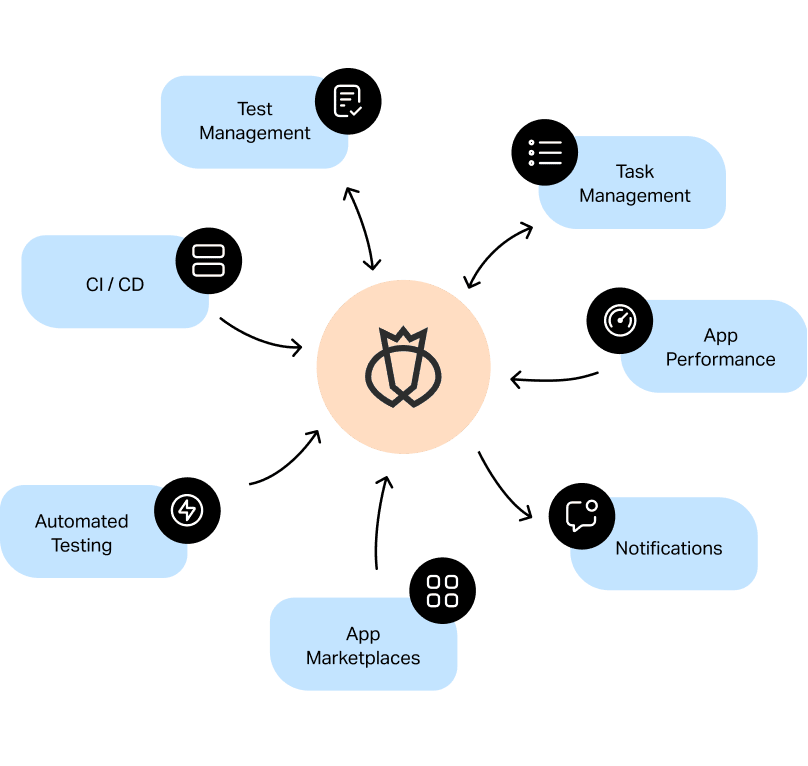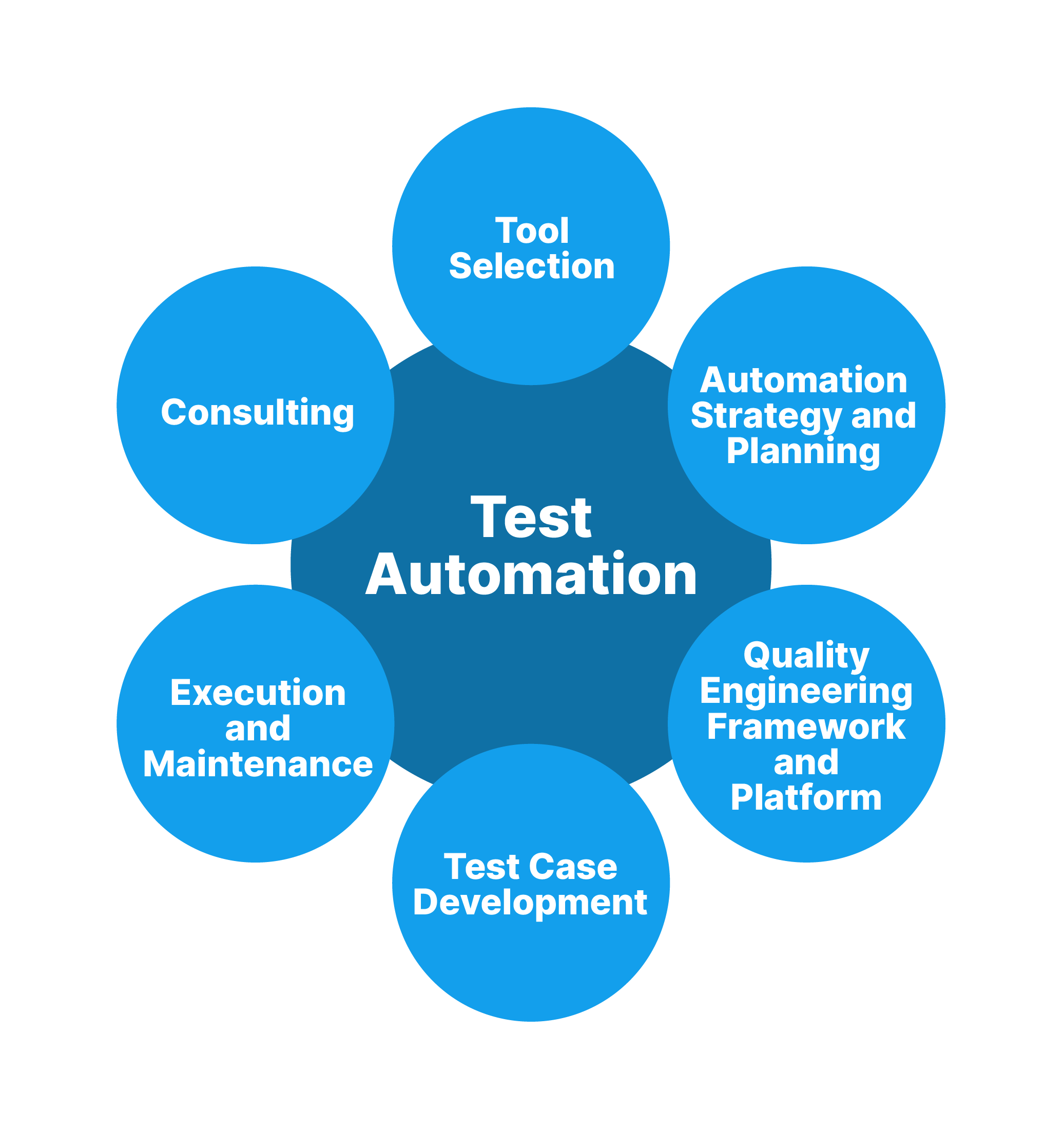The Value of Automation Testing in Agile Advancement Atmospheres
The Value of Automation Testing in Agile Advancement Atmospheres
Blog Article
From Handbook to Automated Screening: A Comprehensive Overview to Transitioning Smoothly and Efficiently
In the realm of software screening, the shift from guidebook to automated procedures has come to be a progressively vital change for companies seeking to boost efficiency and precision in their screening practices. The trip from manual to automated screening is not without its difficulties, but when come close to tactically and with a clear strategy in mind, the advantages can be substantial.
Advantages of Automated Checking
Automated screening offers many benefits, enhancing effectiveness and precision in software application advancement procedures. Automated tests can be run concurrently on numerous devices and operating systems, substantially speeding up the testing phase contrasted to manual testing.
Additionally, automated screening ensures a higher level of accuracy in detecting defects. Considering that automated examinations follow predefined manuscripts, human mistake is reduced, causing even more dependable examination outcomes. Uniformity in testing is likewise enhanced, as automated tests carry out the very same actions specifically each time they are run. This consistency is vital in ensuring that all functionalities of the software are thoroughly tested, minimizing the probability of unnoticed insects slipping through to production.
Choosing the Right Devices

First of all, examine your objectives and requirements. Comprehend the range of your project, the technologies entailed, and the capability of your group. This evaluation will certainly help you figure out the attributes and capabilities you need in your screening devices.
Second of all, take into consideration the compatibility of the tools with your existing systems and processes. Seamless assimilation with your current software growth lifecycle is necessary to make certain a smooth transition to automation.
Additionally, examine the scalability and adaptability of the tools. As your testing needs evolve, the devices ought to be able to adapt and fit changes successfully.
Last but not least, consider the support and area around the devices. When executing automated testing, durable support and an energetic user area can offer beneficial resources and aid. By very carefully considering these facets, you can select the right devices that align with your needs and set the stage for an effective transition to automated screening.
Writing Efficient Examination Scripts

When crafting examination manuscripts, it is essential to take into consideration the details needs of the software being examined and make certain that the scripts deal with all vital performances. Clear and descriptive naming conventions for examination manuscripts and test situations can enhance readability and maintainability. In addition, including mistake handling mechanisms within the test manuscripts can help in identifying and resolving concerns quickly.
Moreover, arranging test manuscripts right into modular components can improve reusability and scalability, lowering redundancy and improving performance in examination script upkeep. Routine reviews and updates to examine scripts are vital to maintain pace with advancing software demands and functionalities. By adhering to these principles, testers can produce durable and efficient examination scripts that contribute dramatically to the success of automated screening processes.
Integrating Automation Into Workflows
By effortlessly integrating automated screening devices like Selenium or Appium into the software application advancement lifecycle, teams can achieve faster feedback on code modifications, leading to quicker bug discovery and resolution. This integration enables for continuous screening throughout the growth process, making certain that any type of concerns are identified early on, resulting in greater software high quality. Correct integration of automation devices calls for read the article collaboration between growth, testing, and operations groups to develop a unified workflow that enhances performance and effectiveness in providing top quality software program items.
Guaranteeing a Smooth Shift
Efficiently transitioning to automated testing involves careful preparation and mindful execution to take full advantage of and decrease disruptions effectiveness in the software program growth procedure - automation testing. To ensure a smooth shift, it is important to start by performing a complete analysis of the current screening processes and identifying areas where automation can bring the most significant benefits. Involving with all stakeholders early at the same time, consisting of developers, testers, and job supervisors, is crucial for garnering support and buy-in for the automation effort
Communication is essential during this shift stage. Clear interaction of the objectives, advantages, and expectations of automated testing assists to handle any type of resistance or worries that might emerge. Furthermore, giving adequate training and resources for group members Read Full Article to upskill in automation tools and techniques is important for ensuring a successful transition.

Final Thought
To conclude, transitioning from guidebook to automated screening offers various benefits, including enhanced effectiveness and integrity. By selecting the appropriate tools, writing effective test scripts, and incorporating automation flawlessly right into operations, companies can ensure a smooth and successful change. It is important to embrace automation as an important asset in software application testing procedures to enhance general high quality and efficiency.
In the world of software program screening, the change from handbook to automated processes has ended up being a progressively crucial shift for organizations seeking to enhance efficiency and accuracy in their screening techniques. Automated examinations can be run concurrently on multiple devices and running systems, drastically speeding up the testing stage contrasted to hands-on testing. Consistency in screening is additionally boosted, as automated tests perform the same steps specifically each time they are run.To make sure the successful implementation of selected screening devices, the development of effective examination manuscripts plays an important function in Get More Info verifying the performance and efficiency of automated procedures - automation testing. By following these principles, testers can produce effective and durable examination manuscripts that contribute considerably to the success of automated testing procedures
Report this page